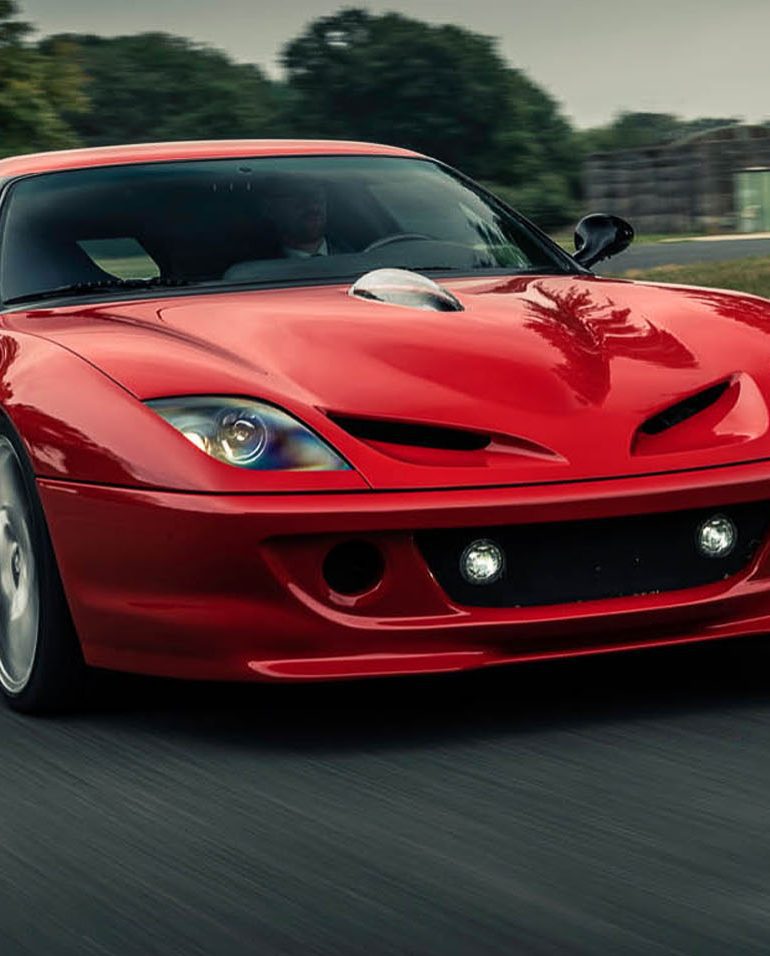Remember the 1962 Ferrari 250 GT SWB that was built specifically to attack the factory 250 GTO race cars at Le Mans? Oh wait, you might know it better by its nickname: ‘Breadvan’ … a little offensive as this was one of the fastest race cars in the early Sixties. Read about this amazing car in detail in our earlier article: ‘1962 Ferrari 250 GT Breadvan’.
Back in 1961, there was a bit of trouble at the Ferrari headquarters, Enzo’s wife had a dispute with several high placed employees, and it caused many of them to leave the company altogether, among them Giotto Bizzarrini and Carlo Chiti. Both of them joined the largest Ferrari race team of the time: Scuderia Serenissima, owned by Count Giovanni Volpi of Misurata.
Scuderia SSS had two Ferrari 250 GTO on order for their 1962 racing season, a car that was developed with the help of Bizzarrini when he still worked at Ferrari … Enzo was zo angry with the latter going to work for Scuderia SSS that he canceled the order, so no race cars for the team … now what?
Giotto Bizzarrini and Carlo Chiti managed to get hold of a competition built Ferrari 250 GT SWB, chassis 2819GT, and set to work on creating a masterpiece. Adding dry-sump lubrication, lowering the engine into the chassis, and moving it 12cm to the back … but more importantly, they created a totally unique design for the body of this ‘Breadvan’.
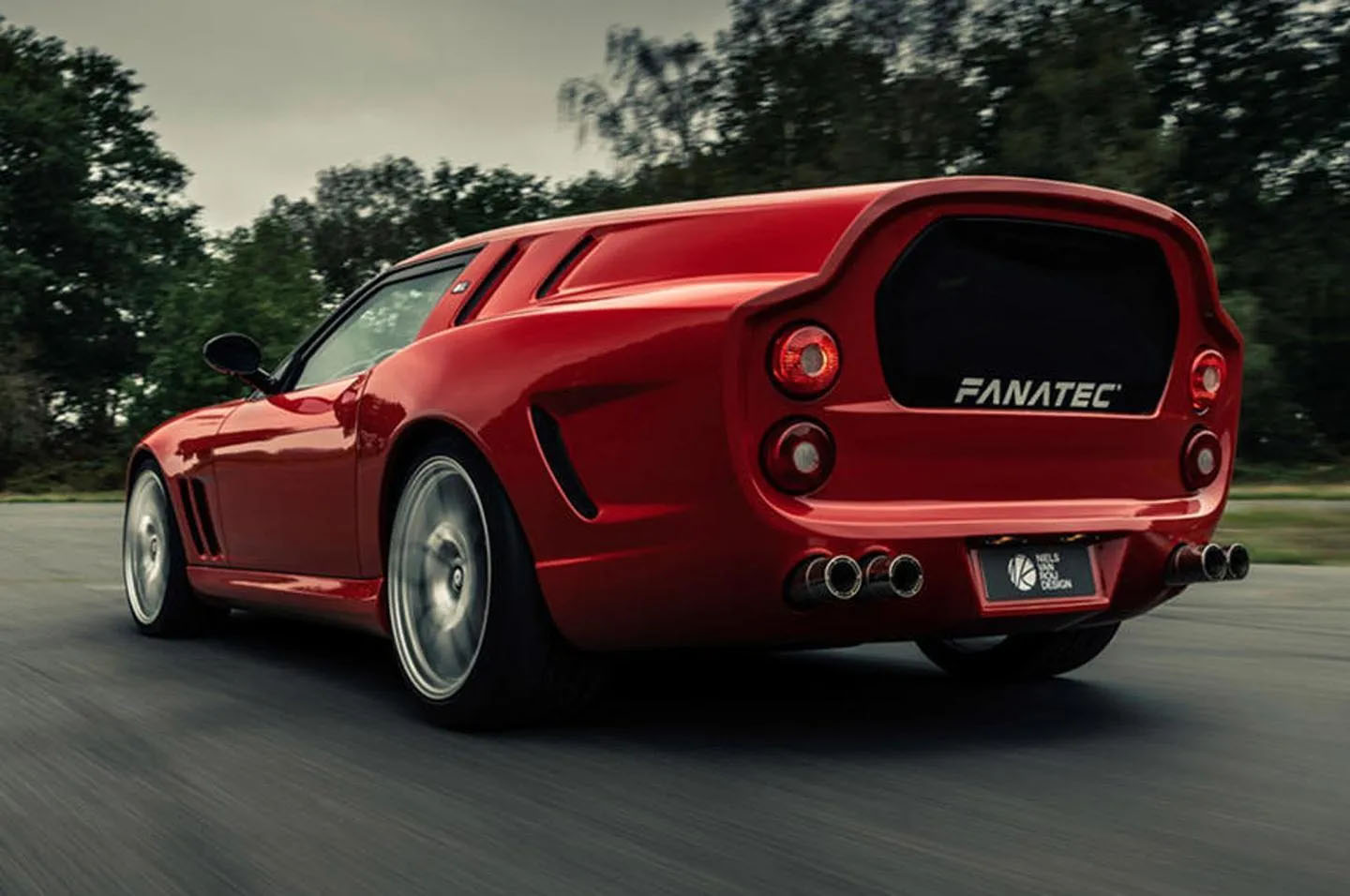
Piero Drogo and his coachbuilders modified the original 250 GT SWB body completely, a longer nose with aggressive air intakes, a transparent dome over the intakes, and the most distinctive feature: a roof that went all the way to the back, only to be finished in a vertical panel to the bottom of the car, taking the aerodynamic theory of Dr. Kamm to the rear of this car.
It turned out the ‘Breadvan’ would outperform the other Ferrari GTO at Le Mans consistently in 1962, rumored to be 7 km/h faster on the Le Hunaudières straight, beating not only the 250 GTO’s but also the 250 Testarossa models … sadly the ‘Breadvan’ wasn’t entered into the GT class at Le Mans, and even more unfortunate, it has to retire after four hours due to a broken driveshaft.
The ‘Breadvan’ would be entered in more races during the 1962 season, secured two GT wins and even set a track record, but Count Volpi couldn’t afford further development and ended up using her as a daily driver … all the time this car didn’t have any Ferrari badges mind you. The car would change hands several times over the next years, repainted in black at one time, restored multiple times during which the body shape got altered.
But in 2007, Dutch Coachbuilder Alwin Hietbrink took it onto himself to fully restore chassis 2819GT to her former, original glory, just the way she was made for the 1962 Le Mans race, complete with the V12 engine nr. 942/62E and refinished in original Rosso Corsa over a black interior with racing seats and multi-point seatbelt harness … today this unique car is valued at over $20,000,000.
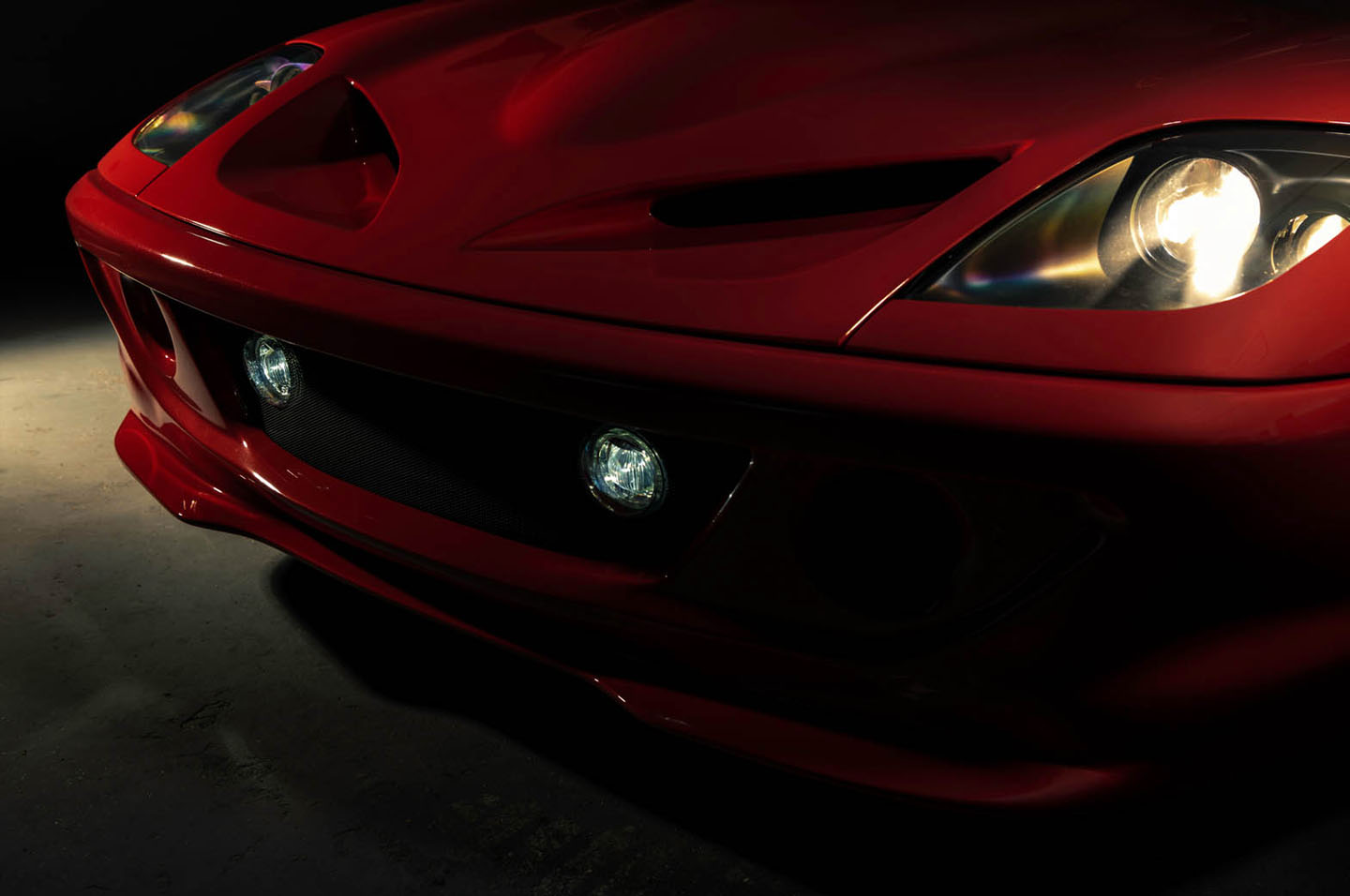
But there is another option now … a customer of Niels van Roij Design loves this Italian one-off so much, he requested to have his very own coachbuilding project created, taking a Ferrari 550 Maranello and convert it into the Breadvan Hommage, at whatever cost … but trust me, it’s bound to be cheaper than getting the real deal into your garage.
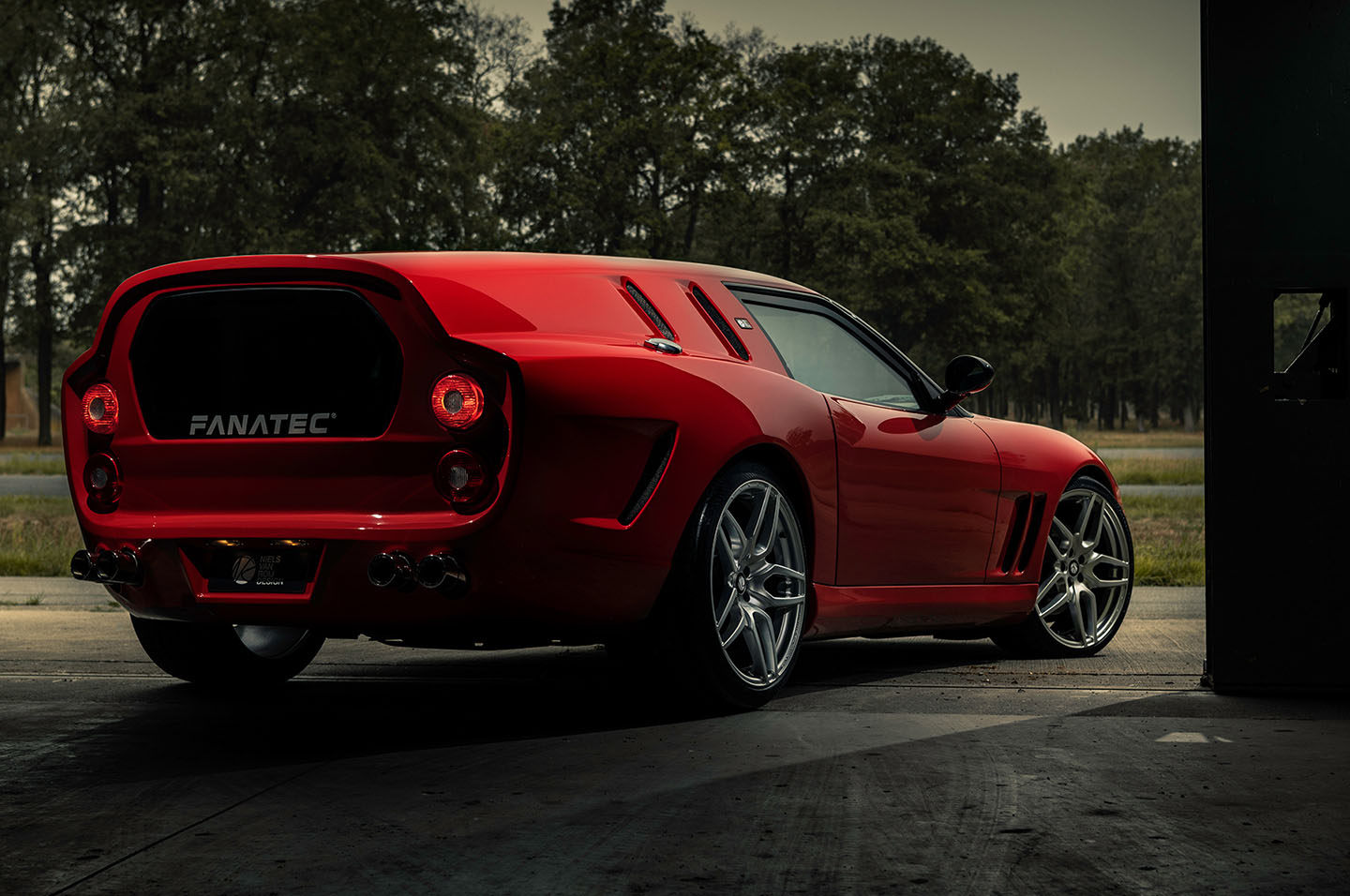
The Ferrari 550 Maranello was built between 1996 and 2002, and little over 3,000 were built, but more importantly, the 550 was the first Ferrari V12 with the engine at the front after the 365 GTB/4 from the Seventies … every new Ferrari V12 would be a mid-engine model before the 550 was unveiled, so this was the perfect candidate for the Breadvan Hommage.
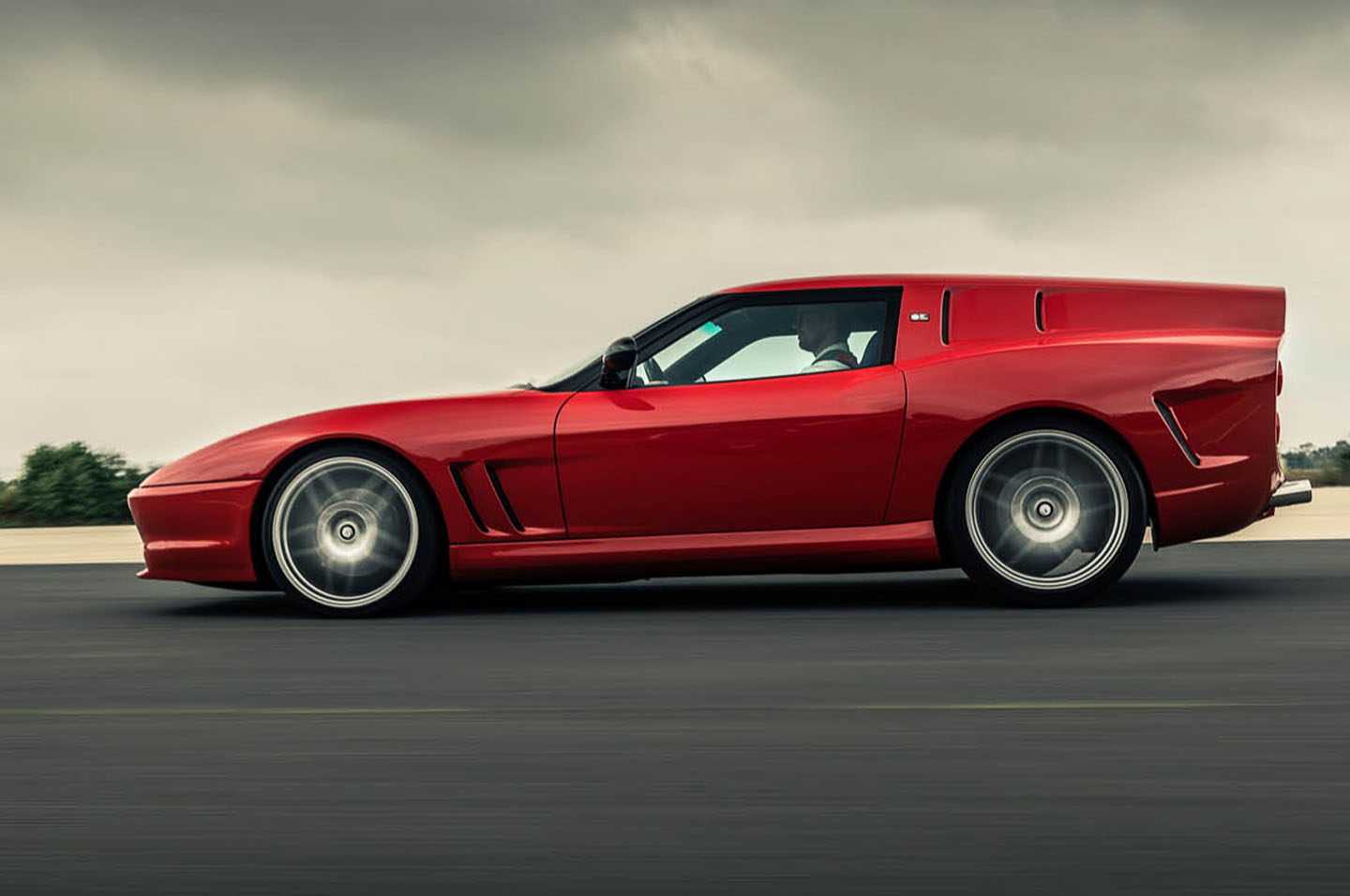
But the task of creating a modern interpretation of the 1962 race car wasn’t easy for Niels van Roij, as it involved restyling the entire donor car from front to back, including the interior, in the end, we’ve been told only the windshield remained of the original 550, and this mainly for practical reasoning in case a replacement would be needed, as the owner of this one-off intends to drive it regularly.
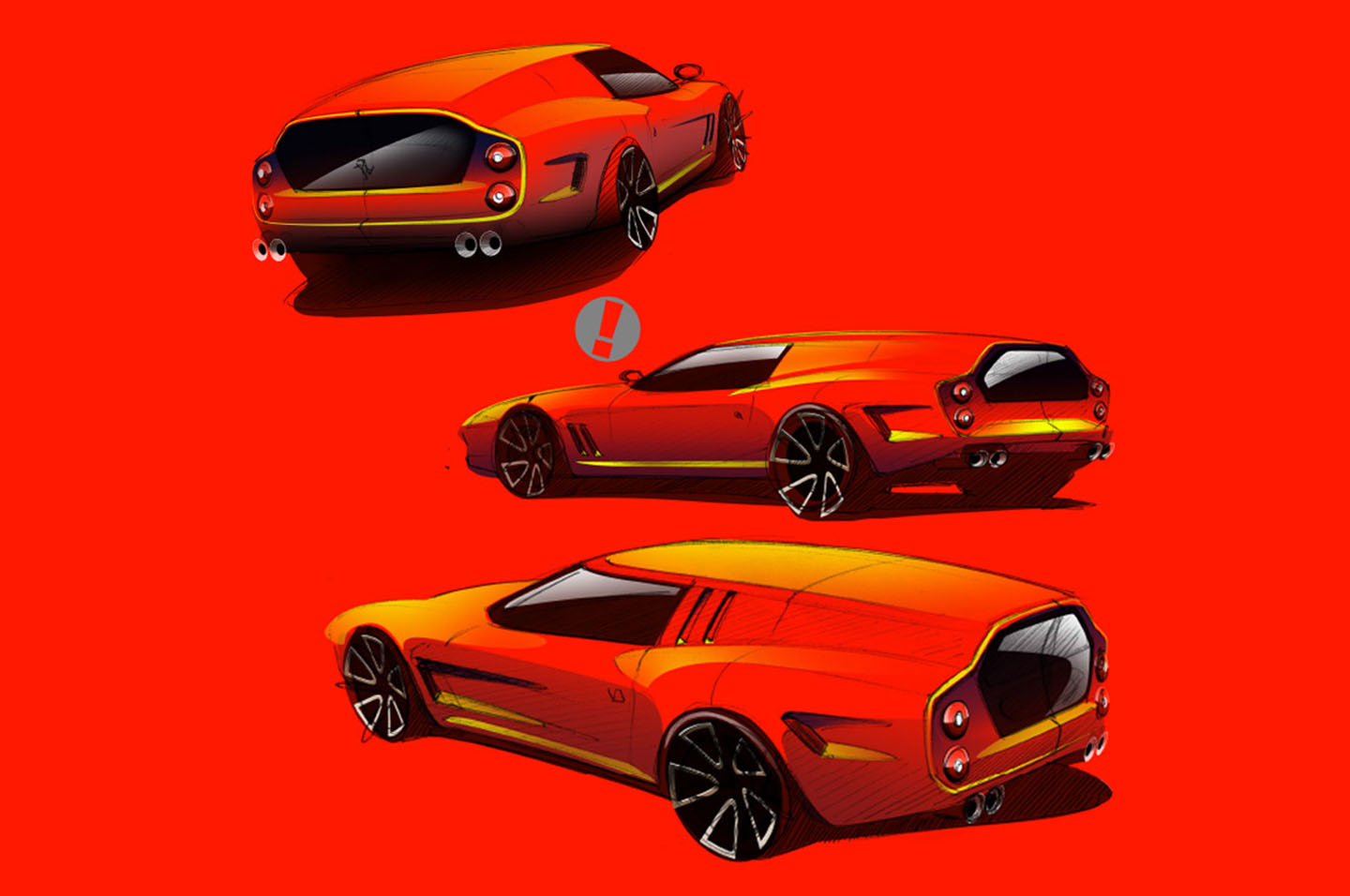
The entire project starts with sketches, various designs to show the customer, and goes back and forth until a final decision is made, after which that sketch gets turned into a clay model … on top of the actual donor car, that had been stripped completely by now and got a space frame skeleton to hold the clay.
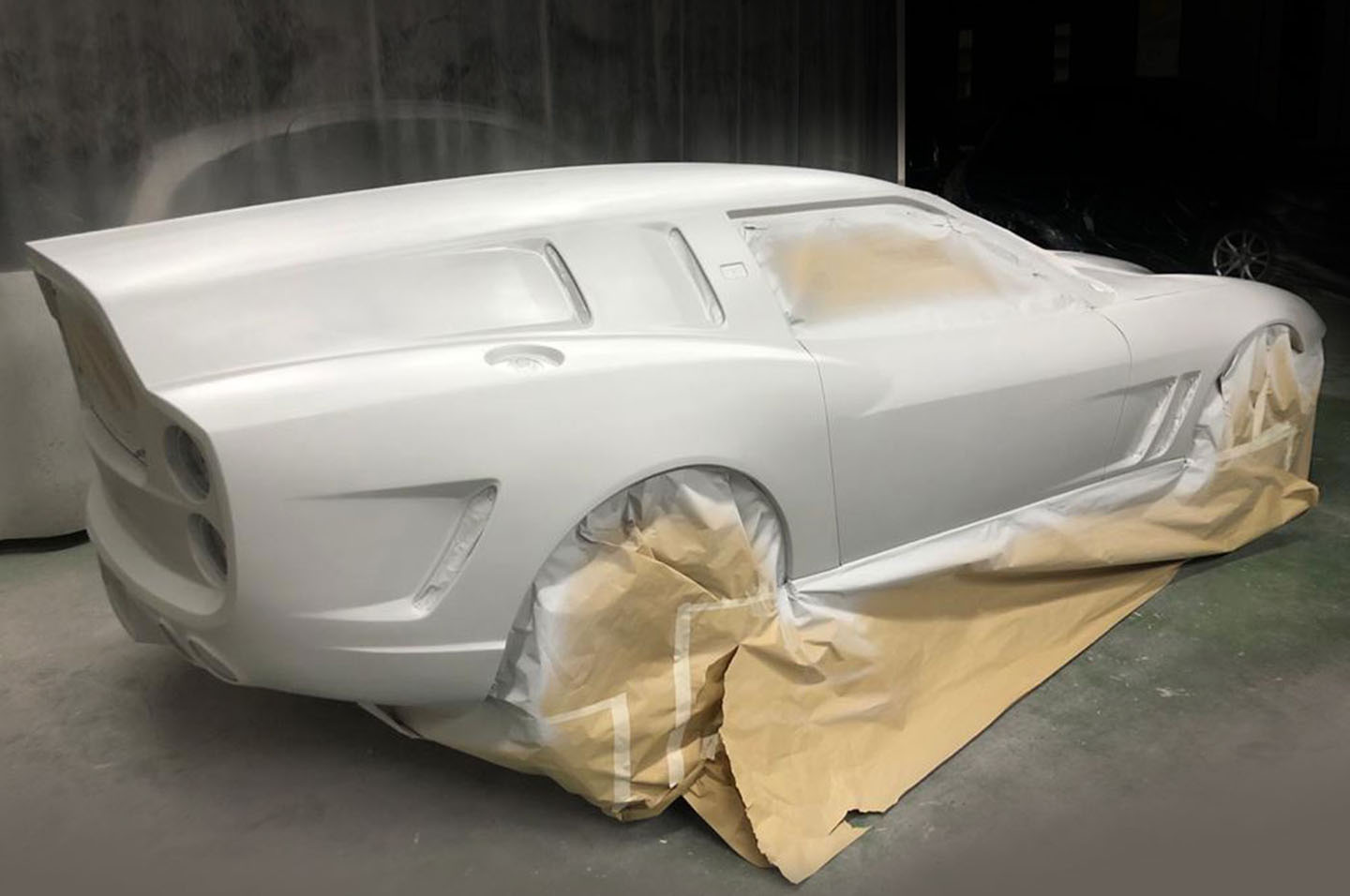
Van Roij: “A car is a complex, three-dimensional sculpture, which has to look right from all angles and under different light circumstances. Like sketching, the clay modeling process is iterative and the Breadvan Hommage was reshaped many times, to get it spot on. After establishing the correct proportions the search for sophistication in the surfacing, or skin, started: finding the right subtleties for transitions from one element to another. It includes exterior graphics like the richly sculpted air vents on the front fenders. The body of the Breadvan Hommage was hand-beaten by coachbuilder Bas van Roomen. Bas also worked on the clay model of the Breadvan Hommage. Only the windscreen of that car remained OEM and it was painted in one of the eight specially designed reds.”
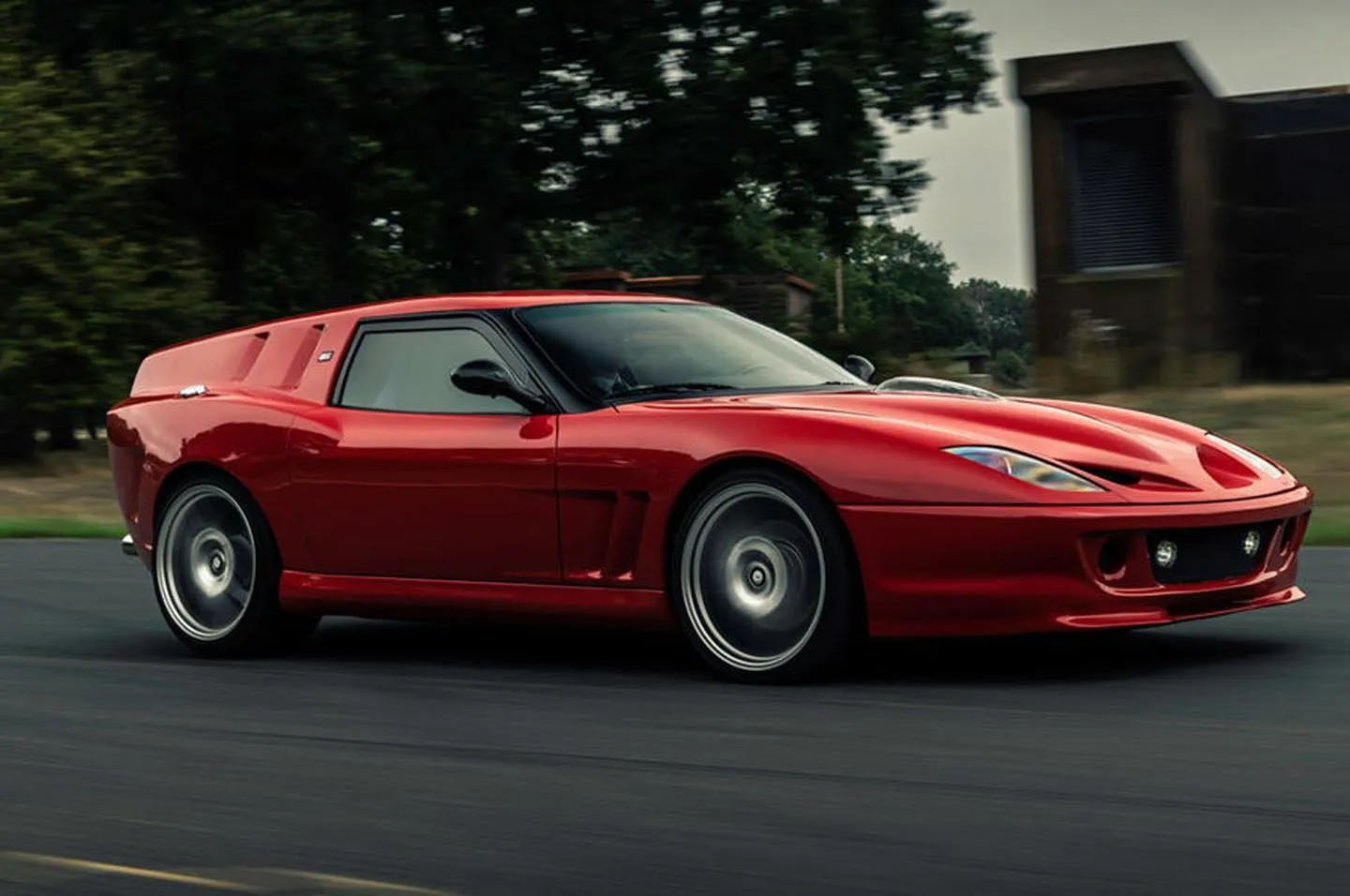
For the interior Van Roij just couldn’t leave the original 550 Maranello seats and dashboard in place, he did keep the base of the seats, as the donor 550 came with the rare, lightweight, carbon-fiber seats, but Van Roij replaced the upholstery with stunning blue Alcantara, as seen in many Ferrari 250 GTO of that era (little detail, the original Breadvan had a black leather interior…).
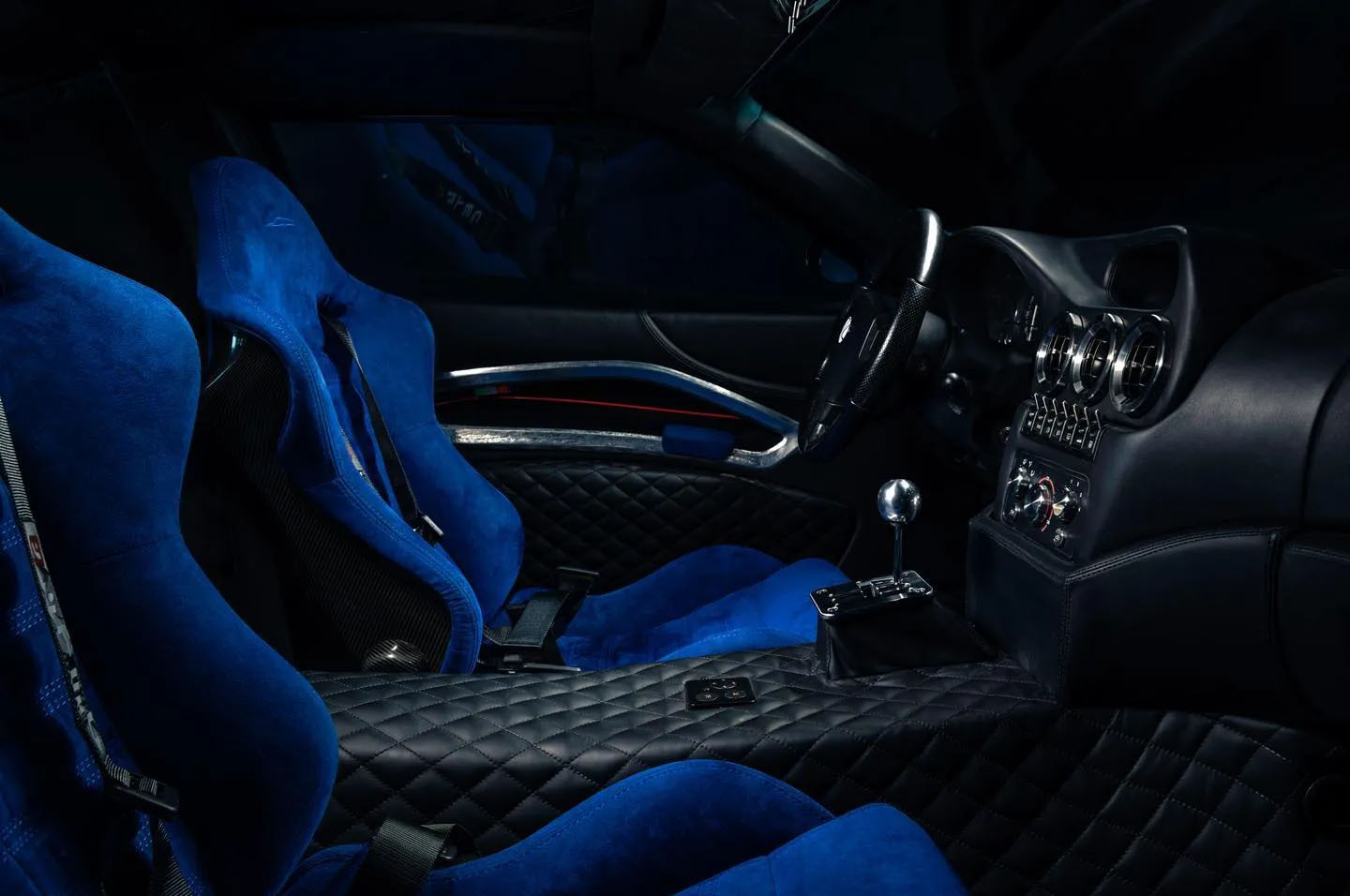
But he didn’t stop there … the dials were restyled with a font reminiscent of the one used on the Sixties, and the central tunnel, the lower parts of the door, and the entire headliner from the windshield down to the rear was made of black, quilted leather to recall that feeling you get in a true classic car.
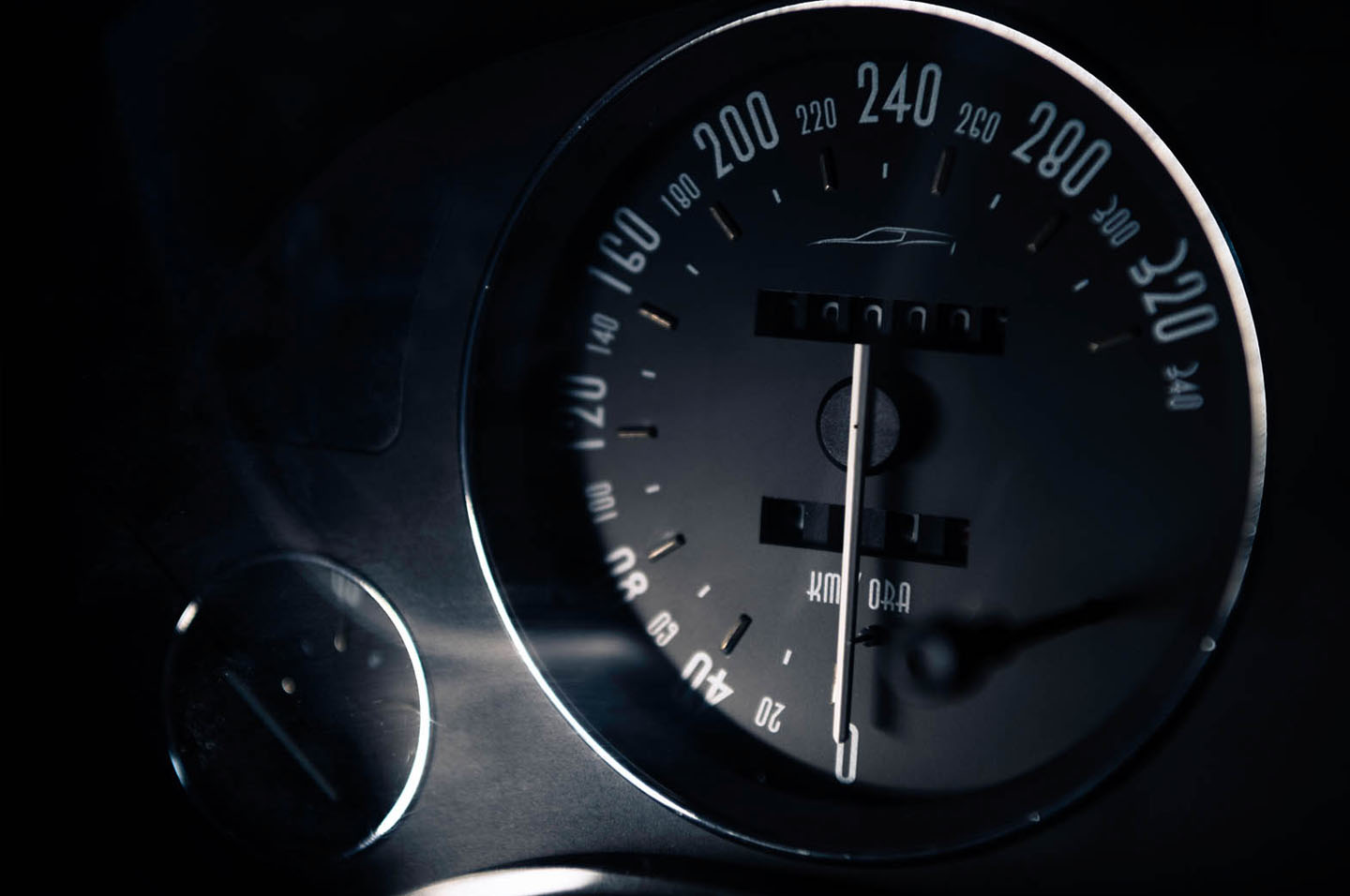
That attention to detail continues on the door cards, you pull them close with a small, blue Alcantara section, but there is also a large, aluminum part on the door, left bare … no topcoat, no fine finishing, you can still see the hammer strikes to give you that raw, race car feeling … the same aluminum was used to shape the exterior by the way. Opening the door involves pulling a red cord inside this aluminum surround … back to basics for sure.
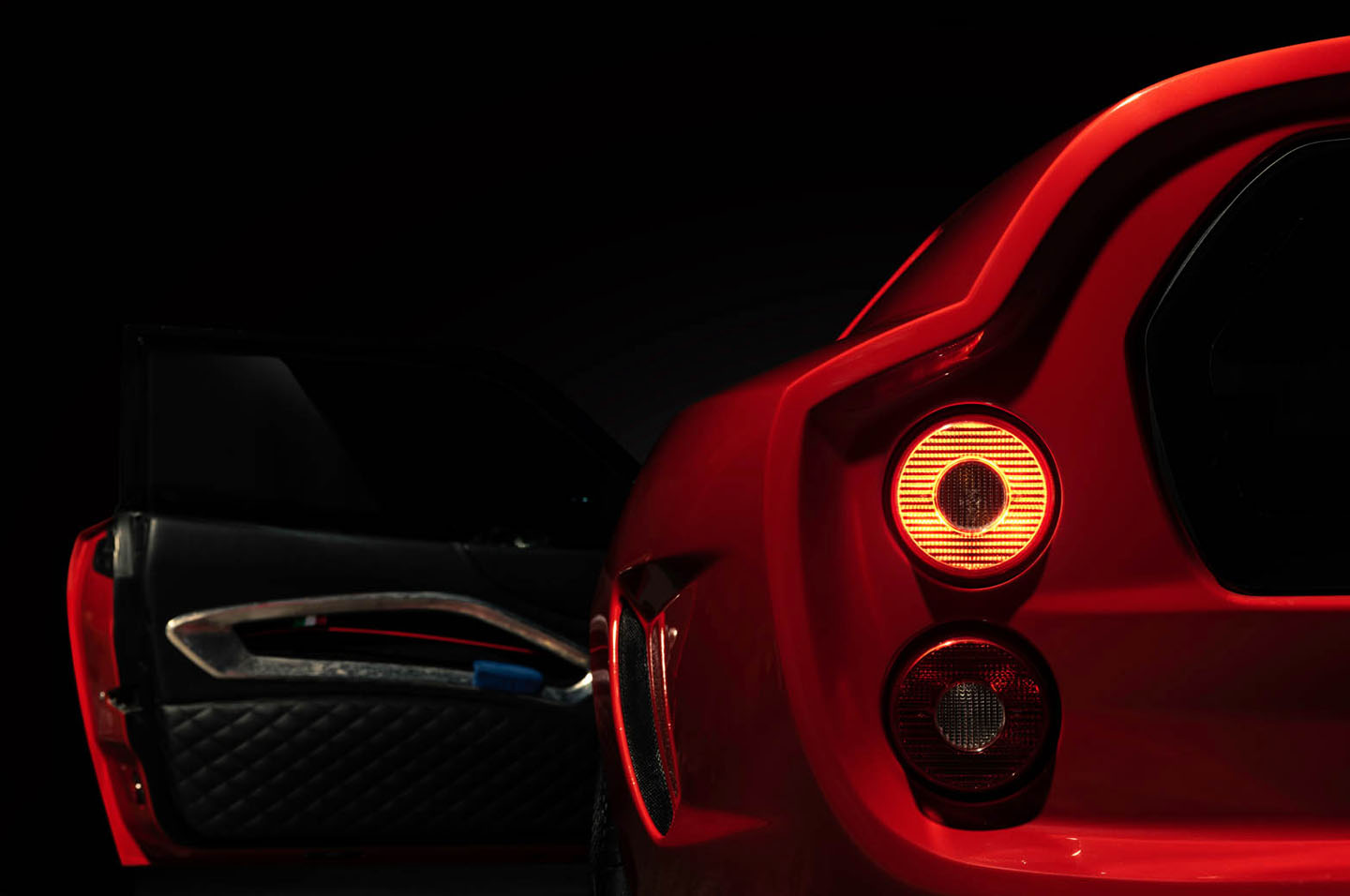
There is no word on pricing for this one-off, bespoke build, and Niels van Roij confirms there will not be a second Breadvan Hommage built, this car will remain a unique car on the road and on the track …


